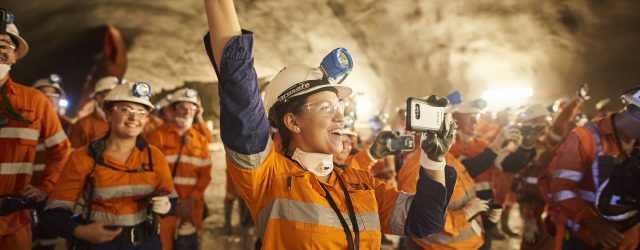New report confirms reality of price pressures facing construction industry
Posted: 9th June 2022
Posted in: ACA News

Posted: 9th June 2022
Posted in: ACA News
Labour shortages and major increases in the cost of construction materials are seeing the construction sector across the nation overheat according to a new market sentiment report released today by Arcadis and the Australian Constructors Association.
A survey of the nation’s largest contractors found the construction industry’s woes are far from over with key materials pricing and availability stress with tendering conditions heating up across Queensland, Victoria, New South Wales and Western Australia.
Australian Constructors Association CEO Jon Davies said the construction industry is facing a perfect storm. “COVID prompted record investment in infrastructure by governments nationwide and at the same time caused significant delay and disruption to many projects. The increase in work caused huge demand for workers, and flooding events and ongoing wet weather on the East Coast has further delayed projects and increased demand for workers. To top it all off, Russia invaded Ukraine and, with it, oil prices skyrocketed along with the cost of materials.
“Double digit inflation for an industry with single digit profit margins is a recipe for disaster but more so for one that is required to lock in prices for projects that can take years to construct,” said Mr Davies.
Matthew Mackey, Executive Director – Cost & Commercial Management at Arcadis said there are no signs of slowing down with tendering conditions set to heat up, particularly in Western Australia and Queensland where the shortage of builders and high prices are more pronounced.
“Almost 90 per cent of contractors surveyed agreed that inappropriate risk allocations were one of the main causes of higher construction costs. In addition to this, the cost of materials with high iron content like reinforcement, structural steel, ductwork and cables has increased most significantly over the past 12 months. Some contractors have reported an increase in supply costs of up to 70 per cent over the last twelve months.
“And it isn’t going to end there. With the projected pipeline of projects over the next few years, labour shortages and contractor availability are going to become much more pronounced, which will further fuel demand and result in higher construction costs. It is no exaggeration that labour shortages are likely to become the defining challenge of the decade.”
Mr Davies said the market is extremely volatile. “Clients need to recognise we have a problem. No one could have foreseen the current environment and clients urgently need to work with contractors to fairly allocate risk and compensate industry for these unforeseen additional costs, irrespective of the contract they have signed. For some, this may mean making compromises elsewhere or cutting back on scope. Either way, it will ensure projects continue to be delivered.
“We are starting to see some government clients include provisions for cost escalation, known as ‘rise and fall’ provisions, which we applaud. However, these are often limited to a particular type of contract or particular commodity when the problem is much more widespread. Going forward, we need to fundamentally change a system that encourages contractors to compete against each other to price and take on unpriceable risk like material price inflation. To its discredit, the industry has been all too willing to participate in this system. We should be encouraging competition based on innovation, productivity, quality and sustainability,” said Mr Davies.
Key survey findings:
* 88% of contractors agree that inappropriate risk allocation is one of the main impediments to reducing construction cost.
* 66% of respondents have seen Design and Construct procurement as being most commonly used in the last 12 months
* Processed Bar Reinforcement, Structural Steel, Cable and Ductwork (all materials with high iron content) have seen some of the highest price rises in the past 12 months, with greater than 50% increases identified by some respondents
* Processed Bar Reinforcement, Structural Steel, Formwork, Concrete Blocks, and labour are all showing signs of high stress in terms of material availability, with greater than 50% of respondents rating capacity perception as ‘amber’ or ‘red’